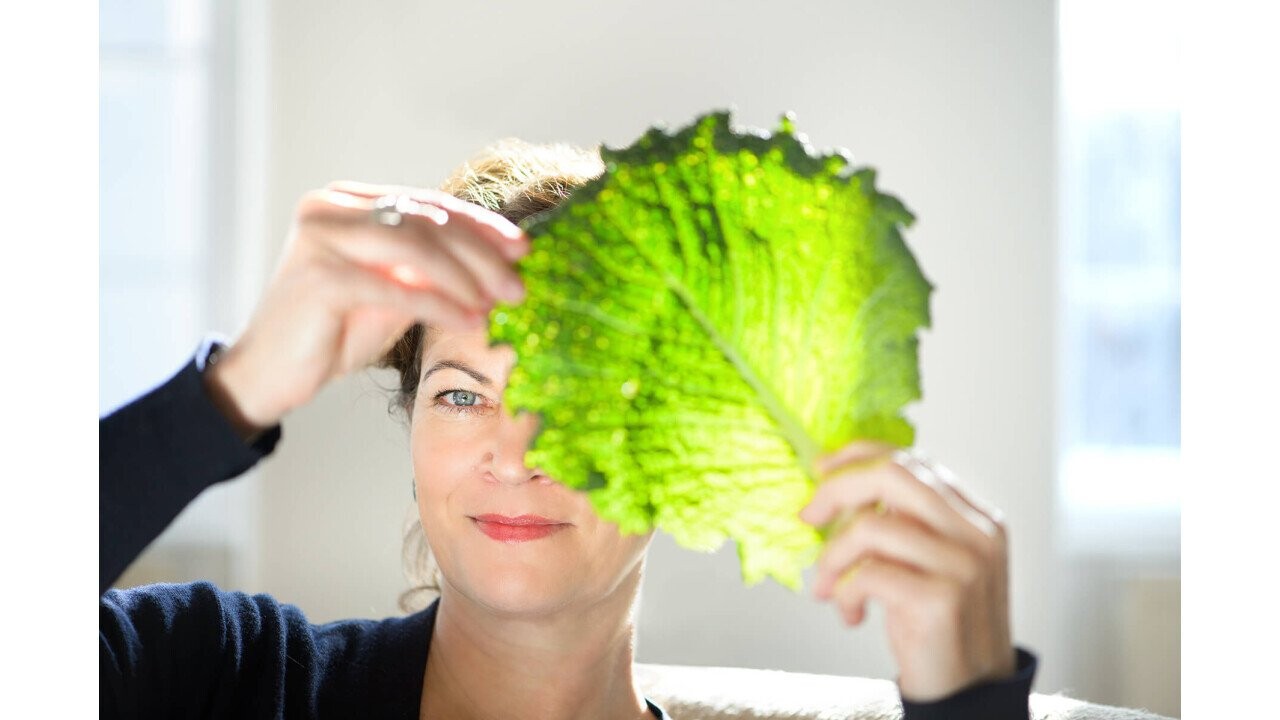As society changes, so do eating habits. Consequently, this has an impact on the bakery sector, because "the customer is king": When their wishes change, bakeries have to deal with it, rethink products and go with the trend.
One person who takes a close look at the changing food culture is the nutritionist and futurologist Hanni Rützler. Every year she publishes the "Foodreport", in which she picks up on trends in nutrition. In the latest edition, she gives an outlook on 2024.
"Food trends are not static phenomena; they are in a permanent evolutionary loop. They strengthen or become more precise, stagnate or weaken," the report says. What prevails and what does not is often triggered by technical innovations as well as social and cultural impulses. So-called megatrends ultimately reach into all areas of society, be it the economy, politics, education or culture - and the food system is not exempt from this. A prime example of this is neo-ecology, which leaves a mark everywhere, including on consumers: Sustainability and resource conservation are once again at the centre of attention.
Plants as a basis
Plant-based products in particular are therefore very much in demand. This food trend is primarily driven by the younger generation, who demonstrate a growing awareness of the climate and the environment. In addition to fruit, vegetables and, of course, grain, pulses are also becoming increasingly important in the production of new foods - as is the case at backaldrin, for example in the form of the new ChickpeaMix.
People still like to buy locally, and the proximity between the place of production and consumption is most important, because local farmers should be supported. According to Rützler, there will also be an increasing "re-regionalisation" of industrial food production, also referred to as the "new glocal". This trend will continue to be fuelled by the social developments of the past few years (Covid-19 crisis, Ukraine crisis, and the resulting supply chain problems). Domestic markets will therefore play an increasingly important role.
Snacks on the rise
But not only what is eaten, but also how it is eaten, is changing. Meals are eaten depending on how work is done. The boundaries between breakfast, lunch and dinner are therefore becoming increasingly blurred. "The daily work routine structures eating habits - not the other way around," says the Foodreport 2024. A resulting food trend is "snackification". Small meals that can be eaten quickly and conveniently anywhere are now very popular. This can also play into the hands of bakers, as bread and pastries form the perfect basis for a snack, as creations by backaldrin show.
Operational optimisation
The survey of the Wissensforum Backwaren (Baked Goods Knowledge Forum) comes to similar conclusions as Hanni Rützler. This year, it published an update on the Baking Ingredients Trend Report. In 2022, this report was the first comprehensive trend analysis for the baking industry. A total of nine megatrends and around 100 sub-trends were identified.
As this survey also shows, sustainability and vegan or plant-based products are the absolute top topics. But traditional baked goods and production are also trendy. At the operational level, the focus is on optimising value chains, processes and costs (especially energy), as well as increasing efficiency. Likewise, digital communication is playing an increasingly important role in the baking industry.
Compared to the results from 2022, it can be seen that the megatrends sustainability, digitalisation and efficiency have become even more important. The relevance of health, innovation, indulgence, tradition/nostalgia, transparency/communication and globalisation has remained relatively the same. In the case of globalisation, 33 percent of the respondents stated that the trend was becoming smaller, which is again in line with the findings of Hanni Rützler, who identified "New Glocal" as a new trend.
What we eat influences what is grown. Which trends in bread and baked goods are reflected in the fields?
Dr. Edith Hüttner-Wilkinson, Deputy Head of the Development and Quality Department at backaldrin: Because of the general cost increases, we are noticing that consumers are also paying closer attention to the price of bread and baked goods and are increasingly choosing cheaper products such as rolls and mixed breads. The area cultivated for wheat and rye has therefore hardly changed or has even increased slightly. What is certainly interesting for many farmers is the demand for legumes (e.g. peas or beans) as raw materials for meat alternatives. This is why we will probably see more of them in our fields in the future.

